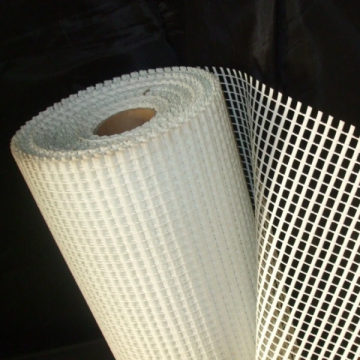
Understanding Stucco Mesh & Its Importance
Commonly known as self-furring lath or stucco netting, stucco mesh is a galvanized lightweight solid material usually woven into a net-like structure. Its primary function lies in providing a backing for the stucco material, ensuring secure bonding and substantial rigidity. These features contribute to the durability of your walls, making stucco mesh an essential material in construction.
Stucco mesh serves a crucial role in preventing cracks by efficiently distributing the pressure on the stucco material. Moreover, it assists in adjusting rapidly changing temperatures, ensuring your walls maintain their-seal even in extreme climatic conditions.
The Different Types of Stucco Mesh
The choice of stucco mesh significantly depends on the project requirements. Here are the common types of stucco mesh you might encounter:
- Fiberglass Mesh: This type of stucco mesh is fastened directly on the wall surface before the stucco material is applied. It is generally used for interior purposes.
- Metal Mesh: Known for its rigidity and sturdiness, metal mesh is more suitable for exterior wall surfaces. It offers excellent resistance to impacts and weather shocks.
- Wire Mesh: Wire mesh or chicken wire is extensively employed for its elasticity and excellent holding power of stucco.
Stucco Mesh Installation Guide
The installation process of stucco mesh may appear challenging, but with the right knowledge and tools, it’s certainly manageable. Let’s delve into a simple step-by-step guide on how to install stucco mesh properly:
Step 1: Preparing the Surface
The installation process of stucco mesh begins with preparing the surface. Make sure to clean it thoroughly to ensure the stucco adheres well to the surface.
Step 2: Applying the Mesh
Once the surface is clean and dry, unroll the stucco mesh along the surface. Use a hammer and galvanized roofing nails to attach the mesh to the surface securely.
Step 3: Installing the Corner Beads
Corner beads are crucial to provide the corners with an immaculate and clean look while maintaining the corner's structural integrity. They must be installed by nailing them into place.
Step 4: Application of the Base Coat
Following the installation, the next step is the application of a base coat of stucco over the stucco mesh. The thickness of this layer should be approximately one-quarter of an inch.
Step 5: Final Stucco Layer
The final layer of stucco comes after the base coat has dried up completely. This layer should be smooth and even, filling in all the spaces and gaps to create a flawless finish.
Stucco mesh makes an excellent choice for any construction project aiming for a lasting design and durable structure. Despite the initial cost and effort investment, the end product's rigidity, durability and beautiful appeal are certainly worth every cent. By incorporating it correctly within your construction project, you can definitely expect a seamless stucco installation and improved longevity of your structure.




